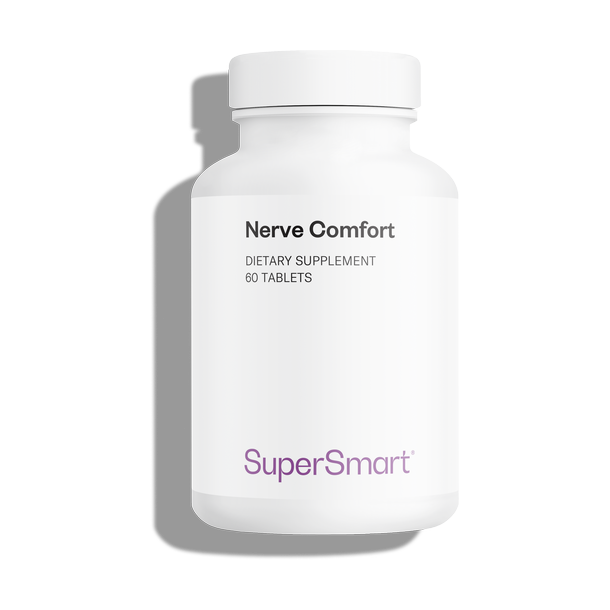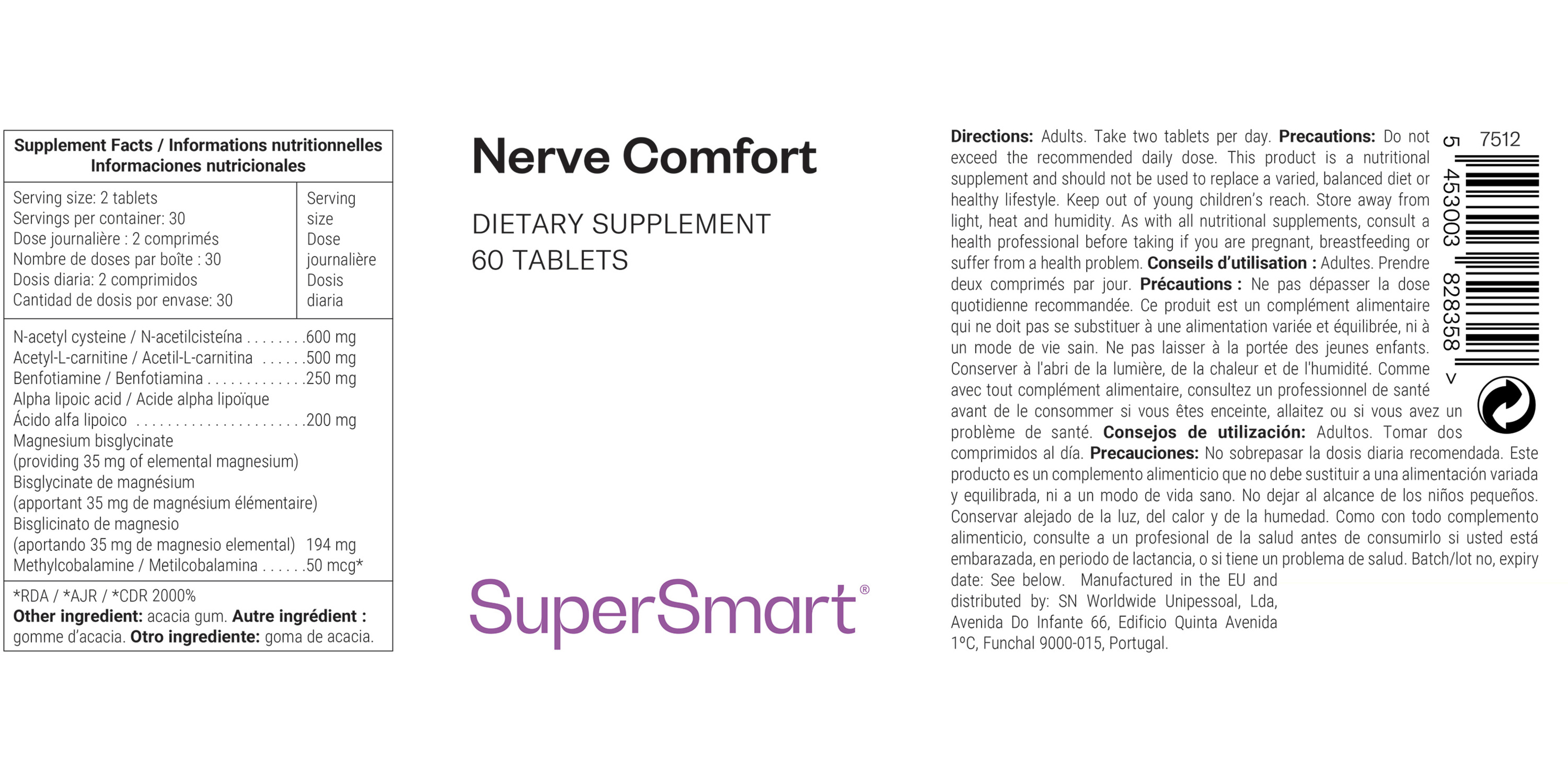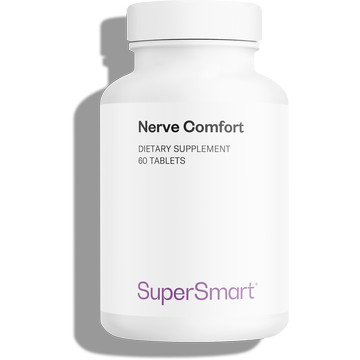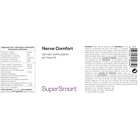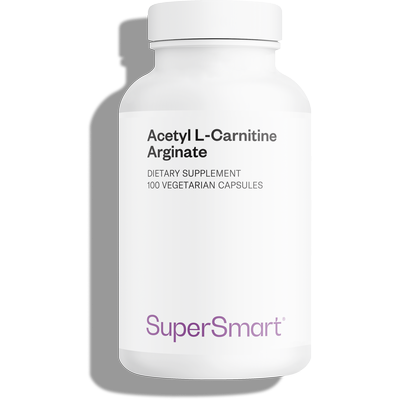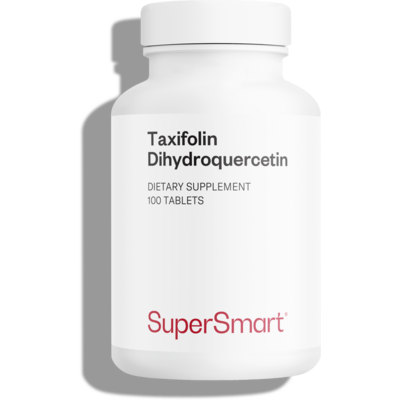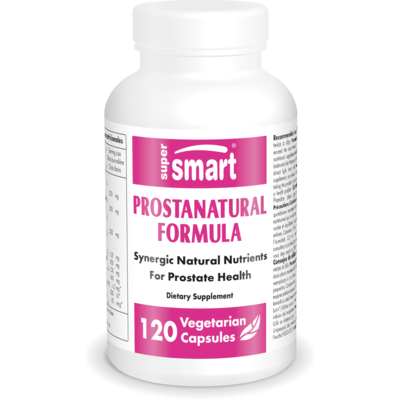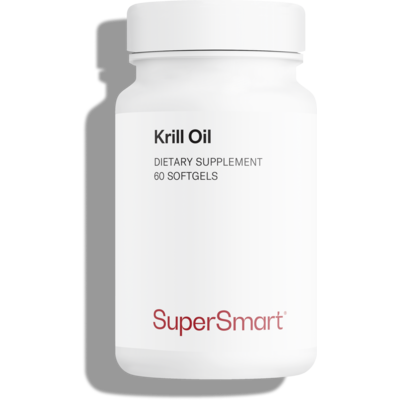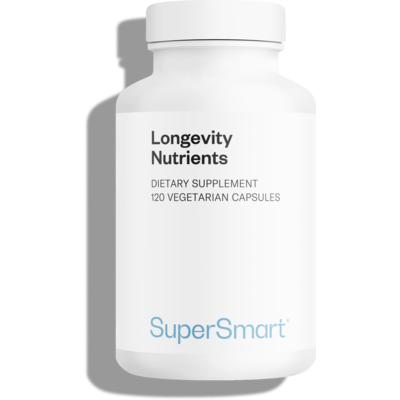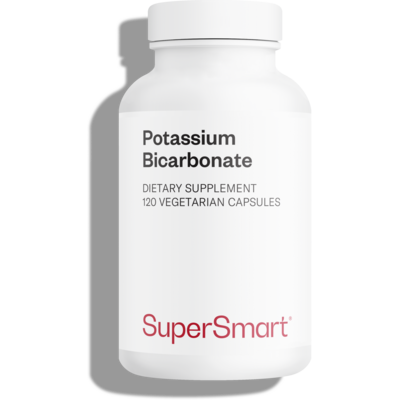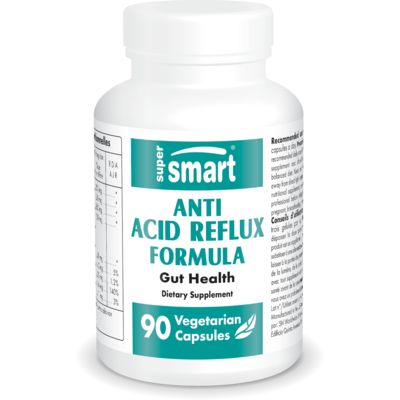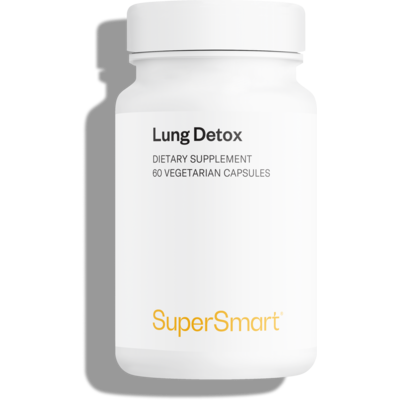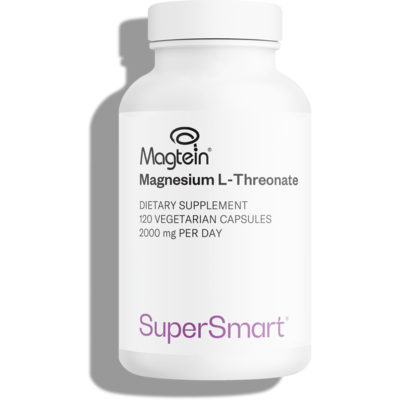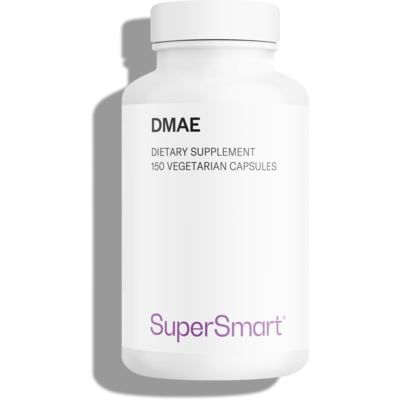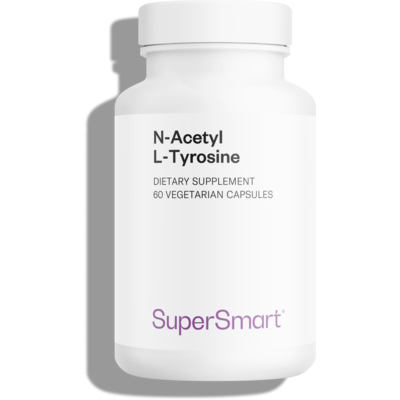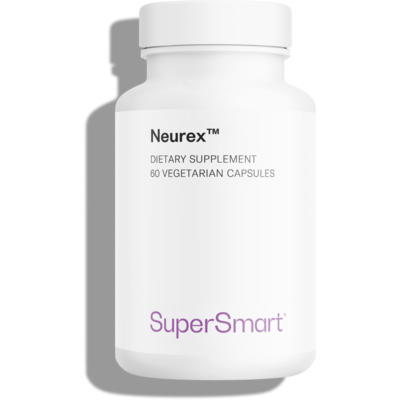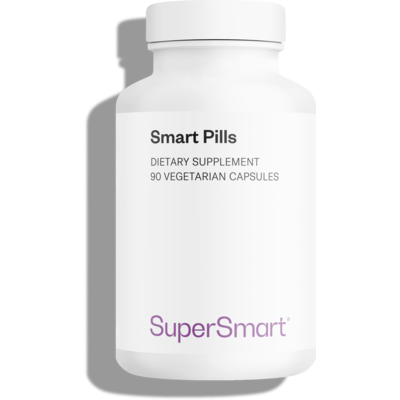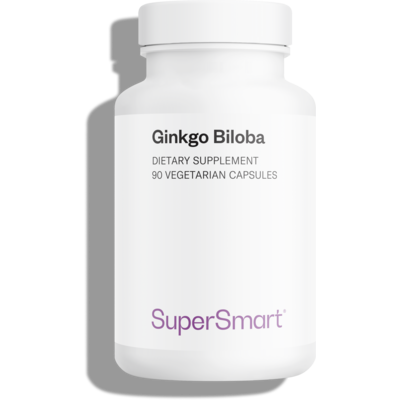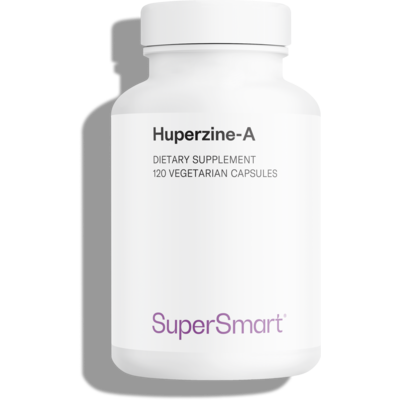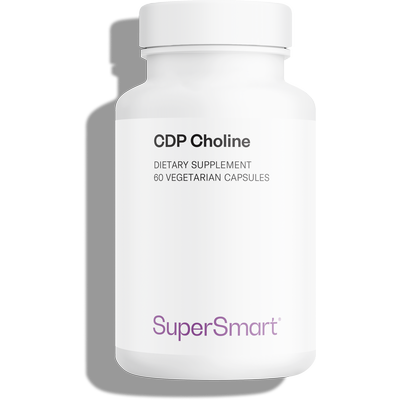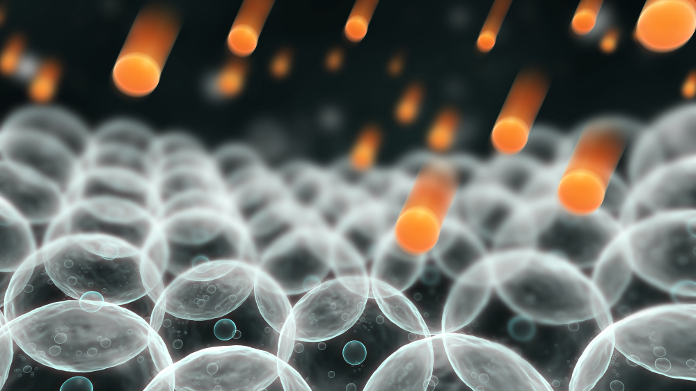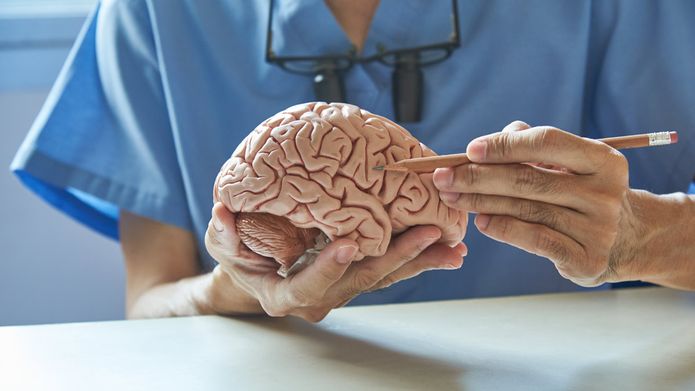Nerve Comfort brings together well-studied nutrients traditionally used to help support normal nerve function and overall neurological well-being.* Its ingredients have been selected for their roles in maintaining healthy cellular processes, antioxidant balance, and general nervous system health.*
This comprehensive formulation is part of our Brain Health category and is intended for adults seeking gentle nutritional support for overall nerve wellness as part of a balanced lifestyle.*
Nerve Comfort, a Supplement Designed for Nerve Wellness*
Daily habits, lifestyle factors, and natural changes that occur with age may influence how the nervous system functions. Many individuals choose nutritional support that supplies key nutrients involved in cellular balance, antioxidant activity, and normal nerve function.*
Based on current scientific interest in nerve wellness, Nerve Comfort features a synergy of six carefully selected compounds:
- N-acetyl cysteine (NAC): A precursor to glutathione, an important intracellular antioxidant that helps maintain normal cellular defenses and supports overall nerve health.*
- Acetyl-L-carnitine: An amino acid derivative researched for its role in supporting healthy nerve cell function and general neurological well-being.*
- Benfotiamine (vitamin B1): A bioavailable form of vitamin B1 that contributes to normal energy metabolism and supports healthy nervous system function.*
- Alpha-lipoic acid: A naturally occurring compound that participates in antioxidant pathways and helps maintain healthy nerve function as part of everyday wellness.*
- Magnesium bisglycinate: A highly absorbable form of magnesium that contributes to normal psychological and nervous system function.*
- Methylcobalamin (vitamin B12): A coenzyme form of vitamin B12 that supports normal nervous system function and helps maintain healthy cellular processes involved in overall well-being.*
Understanding Nerve Wellness*
The nervous system plays an essential role in communication throughout the body, and its function can be influenced by nutrition, lifestyle, and overall balance. Key nutrients such as certain vitamins, minerals, and antioxidants contribute to the maintenance of normal nerve health and general neurological wellness.*
Common Lifestyle Factors That May Influence Nerve Health*
Several everyday factors may affect how the nervous system functions, including:
- nutritional habits and micronutrient intake,
- overall metabolic balance,
- general oxidative stress,
- age-related changes,
- daily activity levels,
- environmental and lifestyle factors.
Targeted nutritional support can complement a healthy lifestyle by contributing essential nutrients involved in normal nerve function.*
What Supports Nervous System Wellness?*
General nervous system health is associated with:
- balanced antioxidant activity,
- adequate intake of key vitamins and minerals,
- normal energy metabolism in nerve cells,
- maintenance of normal psychological function,
- overall metabolic and cellular balance.*
Additional Supplements Commonly Combined with Nerve Comfort*
Adults interested in supporting overall nervous system and metabolic wellness may also consider supplements that help maintain:
For metabolic balance*
Ingredients such as or are often used to support healthy carbohydrate metabolism and general metabolic well-being.*
For antioxidant and inner balance support*
Botanicals such as turmeric—found in —or synergistic blends like may help maintain natural antioxidant activity and overall inner balance.*
WARNINGS
Do not exceed the recommended daily dose. This product is a nutritional supplement and should not be used as a substitute for a varied and balanced diet or a healthy lifestyle.
STORAGE
Store in a cool, dry place away from direct sunlight, heat, and humidity.
Keep out of reach of children.
PREGNANCY AND MEDICAL CONDITIONS
If you are pregnant, breastfeeding, or have any medical conditions, consult your healthcare provider before using this product.
SUPPLEMENT INTERACTIONS
Consult your healthcare provider before use, especially if you are taking any medications or other supplements as there may be potential interactions.
*These statements have not been evaluated by the Food and Drug Administration. This product is not intended to diagnose, treat, cure, or prevent any disease.
Daily dose: 2 tablets
Number of doses per pack: 30 |
Daily dose |
| N-acetyl cysteine |
600 mg |
| Acetyl-L-carnitine |
500 mg |
| Benfotiamine |
250 mg |
| Alpha-lipoic acid |
200 mg |
| Magnesium bisglycinate (providing 35 mg of elemental magnesium) |
194 mg |
| Methylcobalamin |
50 mcg |
| Other ingredient: acacia gum. |
Serving size: Take 2 tablets a day.
Servings per container: 30
Storage: Store away from direct light, heat, and humidity.
Cautions: For adults only. Do not exceed the recommended daily dose. Keep out of reach of children. Consult a healthcare provider before taking this supplement and if you are pregnant, breastfeeding, or having health concerns.*
This product is a dietary supplement and should not be used as a substitute for a varied, balanced diet and a healthy lifestyle.
- Li J, Xu L, Deng X, Jiang C, Pan C, Chen L, Han Y, Dai W, Hu L, Zhang G, Cheng Z, Liu W. N-acetyl-cysteine ... . 2016 Aug;157(8):1711-1723. doi: 10.1097/j.pain.0000000000000575. PMID: 27075430.
- Di Stefano G, Di Lionardo A, Galosi E, Truini A, Cruccu G. Acetyl-L-carnitine in ... : a systematic review. ... . 2019 Apr 26;12:1341-1351. doi: 10.2147/JPR.S190231. PMID: 31118753; PMCID: PMC6498091.
- Hammond N, Wang Y, Dimachkie MM, Barohn RJ. Nutritional neuropathies. Neurol Clin. 2013 May;31(2):477-89. doi: 10.1016/j.ncl.2013.02.002. PMID: 23642720; PMCID: PMC4199287.
- Vallianou N, Evangelopoulos A, Koutalas P. Alpha-lipoic Acid and ... neuropathy. Rev ... Stud. 2009 Winter;6(4):230-6. doi: 10.1900/RDS.2009.6.230. Epub 2009 Dec 30. PMID: 20043035; PMCID: PMC2836194.
- Shin HJ, Na HS, Do SH. Magnesium and ... . Nutrients. 2020 Jul 23;12(8):2184. doi: 10.3390/nu12082184. PMID: 32718032; PMCID: PMC7468697.
- Karedath J, Batool S, Arshad A, Khalique S, Raja S, Lal B, Anirudh Chunchu V, Hirani S. ... of Vitamin B12 Supplementation on ... : A Meta-Analysis of Randomized Controlled Trials. Cureus. 2022 Nov 22;14(11):e31783. doi: 10.7759/cureus.31783. PMID: 36457818; PMCID: PMC9704859.
- Staff NP, Windebank AJ. Peripheral neuropathy due to vitamin ... . Continuum (Minneap Minn). 2014 Oct;20(5 Peripheral Nervous System ... ):1293-306. doi: 10.1212/01.CON.0000455880.06675.5a. PMID: 25299283; PMCID: PMC4208100.
- Bodman MA, Varacallo M. Peripheral ... Neuropathy. [Updated 2023 Sep 4]. In: StatPearls [Internet]. Treasure Island (FL): StatPearls Publishing; 2023 Jan-. Available from: https://www.ncbi.nlm.nih.gov/books/NBK442009/
- Jeon YH. ... : Practical Consideration for ... . Korean J ... . 2015 Jul;28(3):177-84. doi: 10.3344/kjp.2015.28.3.177. Epub 2015 Jul 1. PMID: 26175877; PMCID: PMC4500781.
- Burgess J, Ferdousi M, Gosal D, Boon C, Matsumoto K, Marshall A, Mak T, Marshall A, Frank B, Malik RA, Alam U. ... Neuropathy: Epidemiology, ... 2021 Dec;9(2):385-450. doi: 10.1007/s40487-021-00168-y. Epub 2021 Oct 16. PMID: 34655433; PMCID: PMC8593126.
- Cavalli E, Mammana S, Nicoletti F, Bramanti P, Mazzon E. The neuropathic ... : An overview of the current ... and future therapeutic approaches. Int J ... . 2019 Jan-Dec;33:2058738419838383. doi: 10.1177/2058738419838383. PMID: 30900486; PMCID: PMC6431761.
- Costigan M, Scholz J, Woolf CJ. Neuropathic ... of the nervous system ... . Annu Rev Neurosci. 2009;32:1-32. doi: 10.1146/annurev.neuro.051508.135531. PMID: 19400724; PMCID: PMC2768555.
- Fornasari D. ... : A Review. ... . 2017 Dec;6(Suppl 1):25-33. doi: 10.1007/s40122-017-0091-4. Epub 2017 Nov 24. PMID: 29178034; PMCID: PMC5701897.
- Lennox R, Mangin D. G.misuse. CMAJ. 2019 Jan 14;191(2):E47. doi: 10.1503/cmaj.180599. PMID: 30642825; PMCID: PMC6333539.
- Dhaliwal JS, Spurling BC, Molla M. [Mise à jour le 29 mai 2023]. Dans : StatPearls [Internet]. Île au trésor (FL) : StatPearls Publishing ; 2023 janvier-. Disponible sur : https://www.ncbi.nlm.nih.gov/books/NBK549806/
- Jesson T, Runge N, Schmid AB. ... : a narrative review of its ... Rep. 2020 Sep 23;5(5):e834. doi: 10.1097/PR9.0000000000000834. PMID: 33490836; PMCID: PMC7808681.
- Hilton L, Hempel S, Ewing BA, Apaydin E, Xenakis L, Newberry S, Colaiaco B, Maher AR, Shanman RM, Sorbero ME, Maglione MA. Mindfulness Meditation for ... : Systematic Review and Meta-analysis. Ann Behav Med. 2017 Apr;51(2):199-213. doi: 10.1007/s12160-016-9844-2. PMID: 27658913; PMCID: PMC5368208.
- Li MJ, Liu LY, Chen L, Cai J, Wan Y, Xing GG. ... via the integration of ... . 2017 Apr;158(4):717-739. doi: 10.1097/j.pain.0000000000000827. PMID: 28225710.
- Miura T, Takagi S, Ishida T. Management of ... with Banaba (Lagerstroemia speciosa L.) and Corosolic Acid. Evid Based Complement Alternat Med. 2012;2012:871495. doi: 10.1155/2012/871495. Epub 2012 Oct 2. PMID: 23082086; PMCID: PMC3468018.
- Yin J, Xing H, Ye J. ... of berberine in ... . Metabolism. 2008 May;57(5):712-7. doi: 10.1016/j.metabol.2008.01.013. PMID: 18442638; PMCID: PMC2410097.
- Zhu X, Li Q, Chang R, Yang D, Song Z, Guo Q, Huang C. Curcumin ... by inhibiting p300/CBP histone acetyltransferase activity-regulated expression of BDNF and cox-2 in a rat model. PLoS One. 2014 Mar 6;9(3):e91303. doi: 10.1371/journal.pone.0091303. PMID: 24603592; PMCID: PMC3946321.

